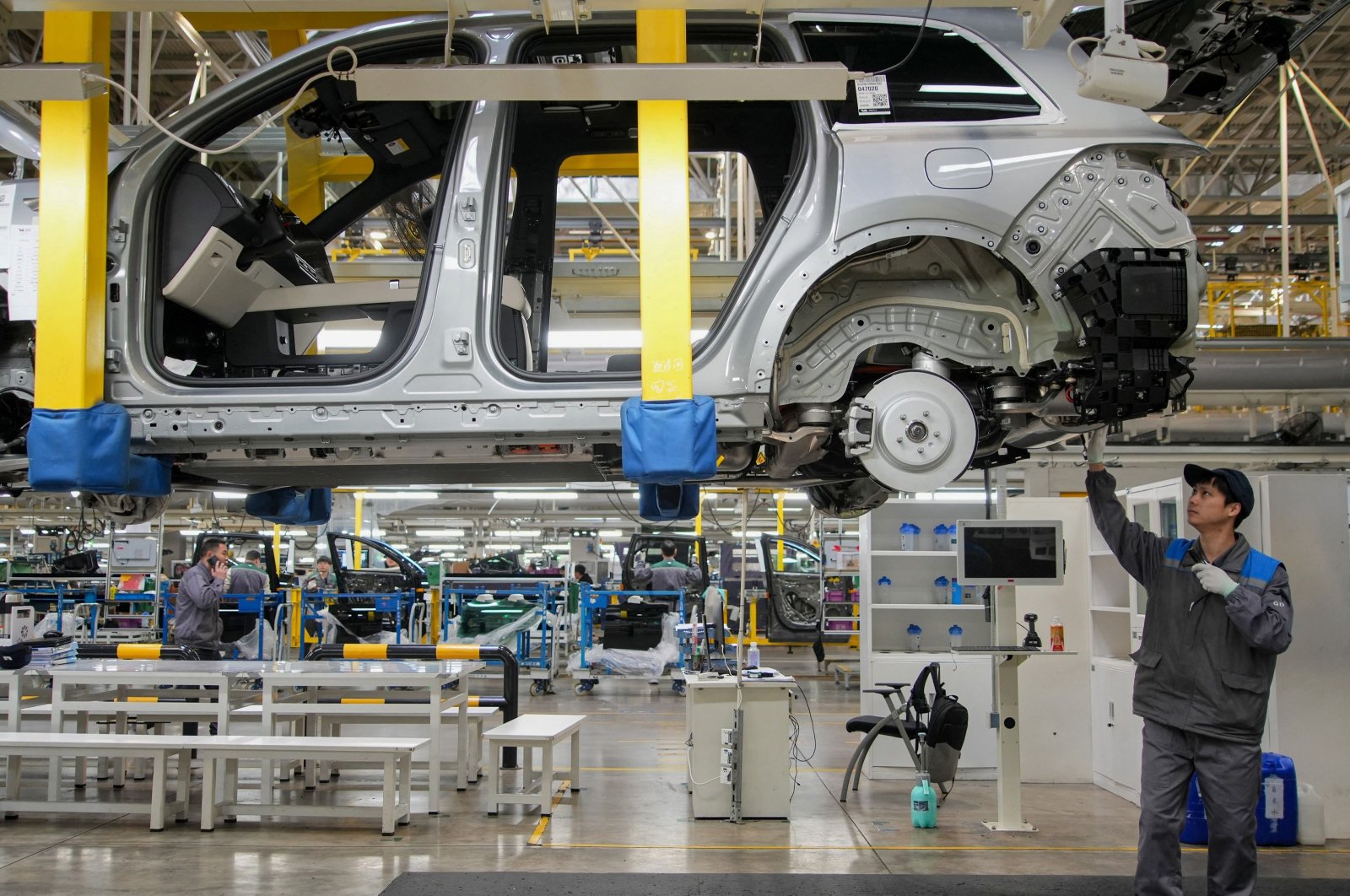
Factory activity across several Asian economies weakened in March, but a positive reading in China offered a glimmer of hope, surveys and data showed on Monday, painting a mixed picture of the once fast-expanding, key driver of the global economy.
China's Caixin/S&P Global manufacturing purchasing managers' index (PMI) rose to 51.1 in March from 50.9 the previous month, a private survey showed on Monday, expanding at the fastest pace in 13 months with business confidence hitting an 11-month high.
This finding adds to an official PMI survey released on Sunday, which showed that China's factory activity expanded for the first time in six months.
The rebound in China, struggling to mount a strong economic revival partly due to a protracted property crisis, provides some welcome relief to Beijing and investors globally.
Separate data showed that South Korea's exports rose 3.1% in March year over year, marking the sixth straight month of increase thanks to robust demand for chips.
And over in Japan, while big manufacturers' sentiment soured, optimism among services sector firms hit a more than three-decade high in the first quarter, the central bank's Tankan survey showed.
However, manufacturing activity was weak in most parts of Asia, including export powerhouses in Japan and South Korea, as well as Taiwan, Malaysia, and Vietnam.
Japan's final au Jibun Bank PMI stood at 48.2 in March, the highest level since November. It is recovering from February's 47.2, which marked the fastest pace of contraction in over 3 1/2 years.
However, activity contracted for a 10th straight month as new export orders slumped, reflecting souring sentiment in key markets like China and North America, the survey showed.
South Korea's manufacturing activity also weakened in March as slowing domestic demand offset robust overseas sales, with the PMI falling to 49.8 in March from 50.7 in February.
The soft PMI readings highlight the challenge the region's policymakers face as they wrestle with patchy signs of recovery in global demand and uncertainty about when the U.S. Federal Reserve will start cutting interest rates.
"China's exports are picking up a bit, but that's because their goods are cheap. That means other Asian countries must compete with China for demand that's not growing," said Toru Nishihama, chief emerging market economist at Dai-ichi Life Research Institute.
"With no clear driver of global growth, it's hard to paint a rosy outlook for Asia," he added.
Taiwan's PMI fell to 49.3 in March from 48.6 in February, while that for Vietnam dropped to 49.9 from 50.4, and Malaysia's declined to 48.4 from 49.5, the surveys showed.
By contrast, manufacturing activity expanded in March in the Philippines and Indonesia, the surveys showed.
In revised forecasts issued in January, the International Monetary Fund (IMF) projected Asia's economy to expand 4.5% this year, driven by robust U.S. demand and the boost from expected stimulus measures in China.
However, it said the recovery would be divergent across economies, with Japan likely to see slow growth to 0.9%, in contrast to an expected 6.5% expansion in India. The IMF expects China's economy to expand 4.6% this year, slowing from 5.2% in 2023.
